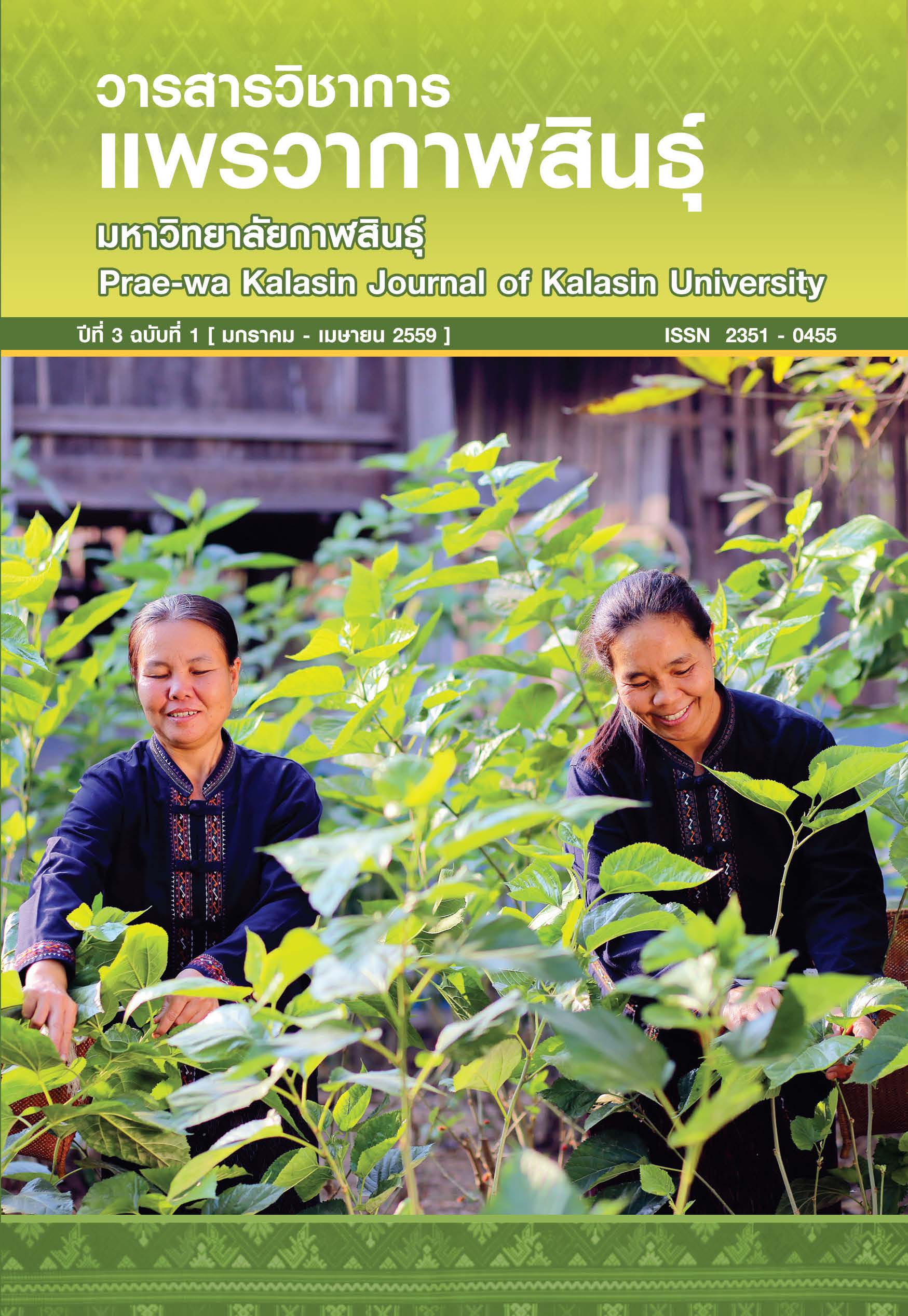Open Learning Model Base on Connectivism for Enhancing The Undergraduate Students’ Creative Thinking
Main Article Content
Abstract
การวิจัยครั้งนี้มีวัตถุประสงค์เพื่อ 1) พัฒนารูปแบบการเรียนรู้แบบเปิดตามแนวคิดคอนเน็คติวิสต์ซึม เพื่อส่งเสริมการคิดสร้างสรรค์ สำหรับนักศึกษาปริญญาตรี 2) ประเมินรูปแบบการเรียนรู้แบบเปิดตามแนวคิดคอนเน็คติวิสต์ซึม ในการส่งเสริมการคิดสร้างสรรค์ สำหรับนักศึกษาปริญญาตรี เป็นการวิจัยแบบประสานวิธี (Mixed Method) กลุ่มตัวอย่างจากการเลือกแบบเจาะจง จำนวน 17 คน ได้แก่ ผู้เชี่ยวชาญด้านการออกแบบการสอน จำนวน 2 คน ผู้เชี่ยวชาญด้านสื่อและนวัตกรรมทางการศึกษา จำนวน 4 คน ผู้เชี่ยวชาญด้านการประเมินจำนวน 3 คน ผู้เชี่ยวชาญด้านกระบวนการคิดสร้างสรรค์ จำนวน 2 คน ผู้ทรงคุณวุฒิด้านสื่อและนวัตกรรมทางการศึกษา จำนวน 3 คน ผู้ทรงคุณวุฒิด้านกระบวนการคิดสร้างสรรค์ จำนวน 3 คน เครื่องมือที่ใช้ในการวิจัย ได้แก่ แบบสนทนากลุ่ม แบบประเมิน การวิเคราะห์ข้อมูลและสถิติที่ใช้ ได้แก่ การวิเคราะห์ข้อมูลจากการสนทนากลุ่มนำเสนอเป็นความเรียง ส่วนการประเมินรูปแบบนำเสนอด้วยค่าเฉลี่ย ส่วนเบี่ยงเบนมาตรฐาน ผลจากการวิจัยพบว่า 1) ความเห็นด้านความเหมาะสมของรูปแบบการเรียนรู้แบบเปิดตามแนวคิด คอนเน็คติวิสต์ซึมเพื่อส่งเสริมการคิดสร้างสรรค์ สำหรับนักศึกษาปริญญาตรี อยู่ในระดับเกณฑ์เหมาะสมมาก ( = 4.4, S.D = 0.59) 2) ความเห็นด้านความสอดคล้องของรูปแบบการเรียนรู้แบบเปิดตามแนวคิดคอนเน็คติวิสต์ซึม เพื่อส่งเสริมการคิดสร้างสรรค์ สำหรับนักศึกษาปริญญาตรี อยู่ในระดับเกณฑ์เหมาะสมมากที่สุด (
= 4.4, S.D = 0.59) 2) ความเห็นด้านความสอดคล้องของรูปแบบการเรียนรู้แบบเปิดตามแนวคิดคอนเน็คติวิสต์ซึม เพื่อส่งเสริมการคิดสร้างสรรค์ สำหรับนักศึกษาปริญญาตรี อยู่ในระดับเกณฑ์เหมาะสมมากที่สุด ( = 4.5, S.D = 0.45)
= 4.5, S.D = 0.45) = 4.4 , S.D = 0.59) 2) the opinion on congruency of open learning model based on connectivism for enhancing the undergraduate students’ creative thinking at highest level of propriety (
= 4.4 , S.D = 0.59) 2) the opinion on congruency of open learning model based on connectivism for enhancing the undergraduate students’ creative thinking at highest level of propriety ( = 4.5 , S.D = 0.45).
= 4.5 , S.D = 0.45).
This research aims to 1) develop the open learning model based on Connectivism for enhancing the undergraduate students’ creative thinking, and 2) evaluate the open learning model based on Connectivism for undergraduate student’s creative thinking. The type of this research was mixed method. The research instruments were 1) Group discussion for experts, 2) Appropriately assessment and possibility of the model. Sample groups were 17 persons by purposive sampling dividing 2 groups as follow: 1) Experts group compose of 2 experts concerning instructional design, 4 experts concerning medias and innovative education, 3 experts concerning assessment, and 2 experts concerning creative thinking process, 2) Luminaries group compose of 3 luminaries concerning medias and innovative education and 3 luminaries concerning creative thinking process. The FGDs (Focus Group Discussion) technique was administered for collecting data in model development. The research findings found were: 1) the opinion on the propriety of open learning model based on connectivism for enhancing the undergraduate students’ creative thinking at high level of propriety (
Article Details
Section
Articles (บทความ)

